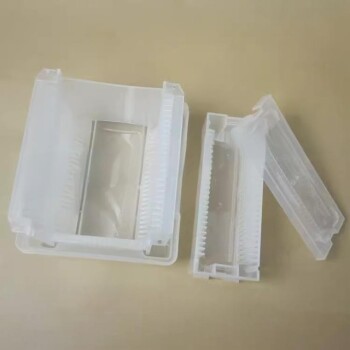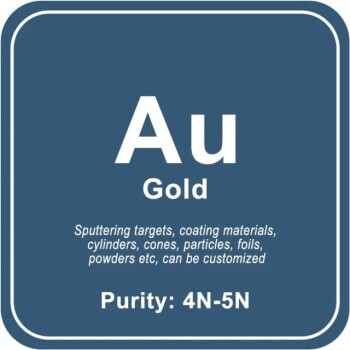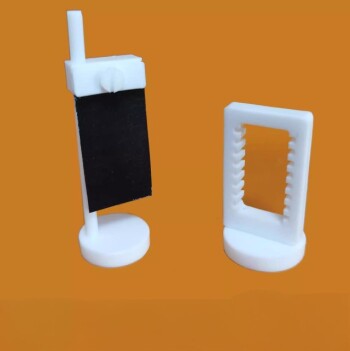The XRF gold tester, especially models like the XRF 200 and XRF 990, is highly accurate for determining the purity of gold and other precious metals.
These devices use advanced X-ray fluorescence technology to non-destructively analyze the elemental composition of materials.
This ensures that the samples remain intact.
The accuracy of these testers is comparable to traditional methods like fire assay.
This makes them reliable tools for various applications including jewelry making, recycling, and quality control in industries.
4 Key Points Explained: How Accurate is the XRF Gold Tester?

1. Reliability and Precision
Fire Assay Comparability: The XRF gold tester achieves outcomes comparable to fire assay, a traditional and highly accurate method for determining gold purity.
This ensures that users can prevent financial losses due to the acquisition of under-karated or counterfeit materials.
Accuracy Specifications: The XRF Gold Tester boasts a detection accuracy of up to ±0.05%.
However, it's important to note that this accuracy might decrease with lower concentrations of gold, which is typical for most analytical instruments.
2. Practical Design
Retail-Friendly: Designed specifically for retail environments, the XRF 200 and similar models are factory-calibrated, ready for immediate use upon arrival.
The closed-beam design ensures safety by preventing any X-ray exposure to customers or operators.
Non-Destructive Testing: Unlike destructive methods such as acid or fire assay, XRF testing leaves the samples intact, preserving their value and original state.
This is crucial for maintaining the integrity of precious items.
3. Versatility in Detection
Gold Plating Identification: These analyzers are efficient in identifying gold-plated items, including those plated with silver, copper, steel, tungsten, and other non-gold substrates.
This capability is essential for authenticating the true value of items that might be presented as solid gold.
Broad Metal Analysis: Beyond gold, the XRF 200 and XRF 990 can analyze a wide range of precious metals including silver, platinum, and others, making them versatile tools for various industries.
4. Applications Across Industries
Jewelry and Recycling: Used extensively in jewelry making and precious metal recycling, these analyzers provide precise analysis and identification of purity and concentration, aiding in procurement and quality control.
Industrial and Quality Control: In industries, these devices are crucial for monitoring metal concentrations in processes like gold refining and in the recovery of precious metals from catalysts.
They also serve in quality inspection agencies for purity identification of precious metals.
Technical Specifications and Performance: Equipped with advanced ceramic packaged microfocus X-ray tubes and high-performance semiconductor detectors, these analyzers combine with sophisticated software algorithms to offer quick, accurate, and non-destructive testing.
Repeatability and Stability: Tests conducted on low-alloy steel samples showed stable, accurate, and repeatable results, indicating the reliability of the XRF 900 series in various testing conditions.
In conclusion, the XRF gold tester is a highly accurate and versatile tool for determining the purity of gold and other precious metals.
Its reliability, non-destructive nature, and ease of use make it an indispensable asset for businesses and industries dealing with precious metals.
Continue exploring, consult our experts
Discover the future of precious metal analysis with KINTEK SOLUTION's cutting-edge XRF gold testers.
Achieve fire assay-level precision, enjoy non-destructive testing, and elevate your business with versatile metal detection.
Ready to unlock your potential? Contact KINTEK SOLUTION today to learn how our XRF gold testers can revolutionize your operation.
















